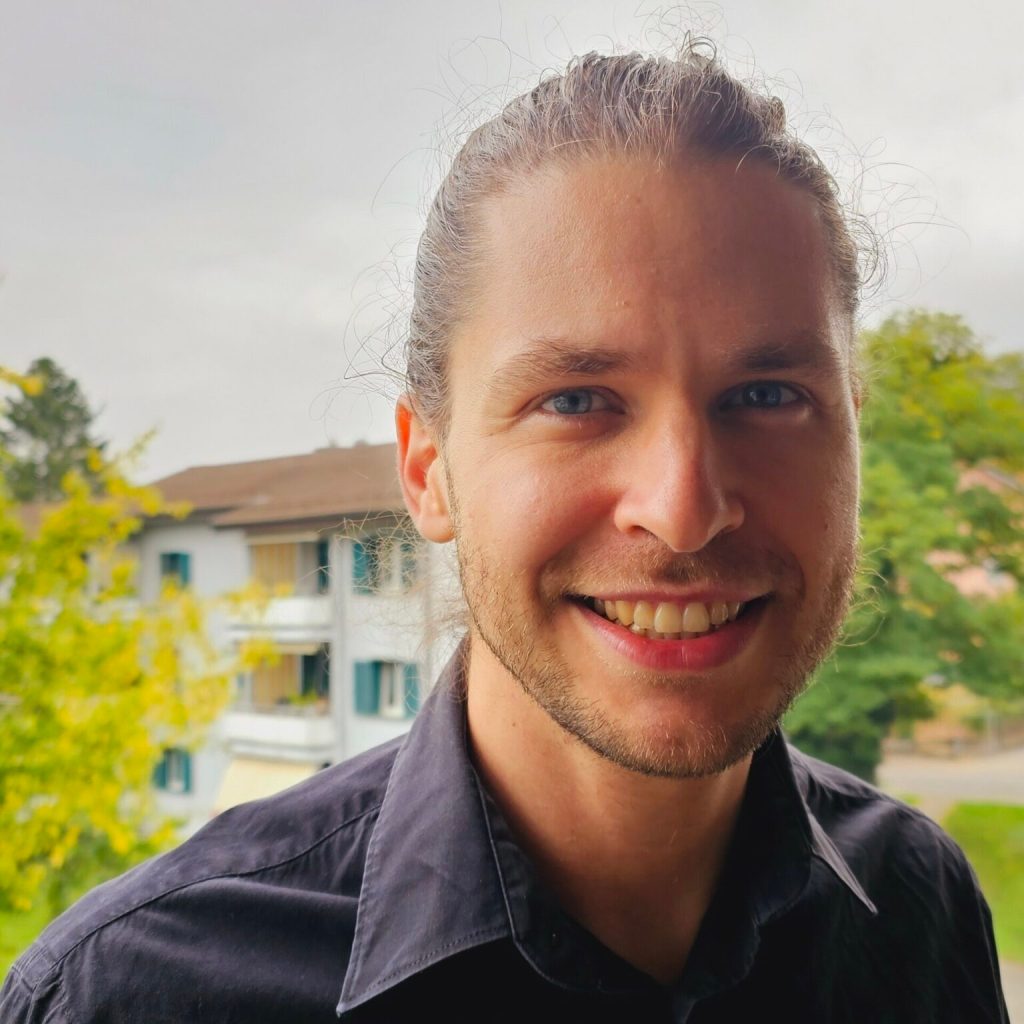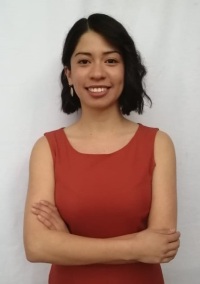
PI
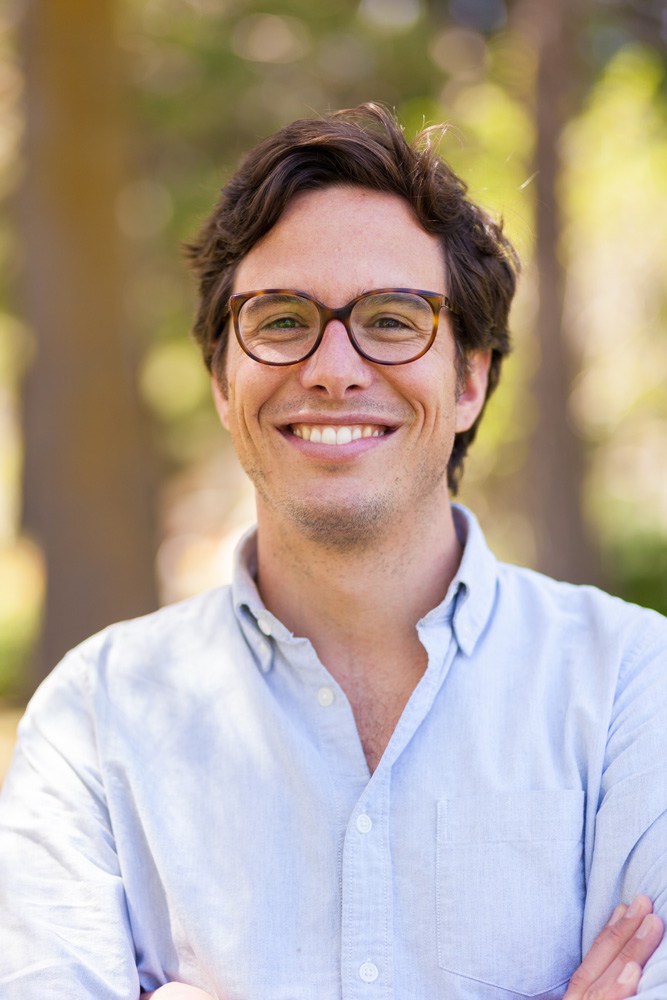
Johannes Fink
Professor
Johannes received a Master’s degree in physics from the University of Vienna. At ETH Zurich he conducted a PhD in the Wallraff group for which he was awarded the ETH Medal in 2010. After a PostDoc at ETH he became an IQIM Postdoctoral Scholar and a senior staff scientist in the Painter group at the California Institute of Technology. In January 2016 he started the Quantum Integrated Devices laboratory at IST Austria.
Email: jfink@ist.ac.at
Websites: QuantumIDs, Fink group
PostDocs
Andrei Militaru
Quantum Electro-Opto-Mechanics
Andrei obtained his BS in electronics engineering at the Polytechnic University of Milan (Italy) and his MS in electrical engineering at ETH Zurich (Switzerland). He subsequently received his PhD from ETH Zurich, where he worked on optical levitation of dielectric nanoparticles in high vacuum. Starting in April 2024 as a NOMIS Fellow at ISTA, Andrei is working at the intersection between the motion of optically levitated nanoparticles and the electromagnetic fields of superconducting microwave circuits. At the core of such an experiment lies a quantum transducer, which can be used to convert the microwave signals of the superconducting circuit into optical signals (Fink group) that drive the motion of the particle (Hosten group).
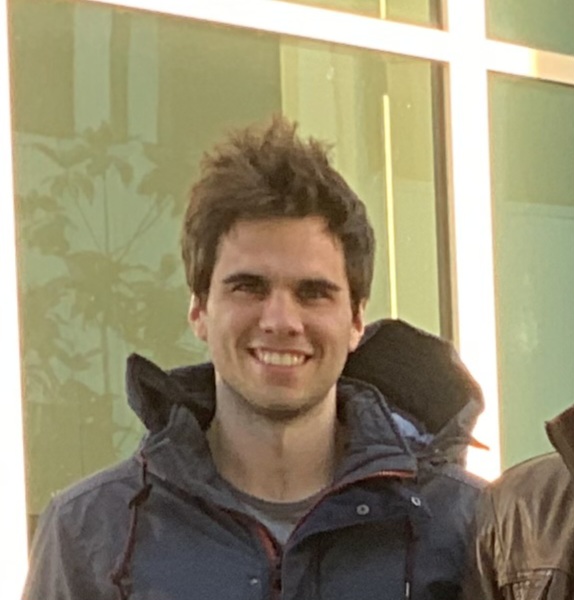
Christian Siegele
Quantum-Error Correction
After completing his Bachelor degree in the Quantum Optomechanics group of Markus Aspelmeyer at the University of Vienna, Christian did his Masters et the University Paris-Saclay. For his Master and Doctoral thesis he joined the QUANTIC team at INRIA and ENS Paris. During this time, he worked on Quantum Error Correction with Bosonic Codes and Distribution of Entanglement for superconducting devices. In the fall of 2023 he joins the Fink group as a Postdoc to continue his research on error-corrected qubits.

Rishabh Sahu
Quantum Electrooptics
Rishabh completed his bachelor’s and master’s degree in Physics at the Indian Institute of Technology, Kanpur. His research mainly involved studying orbital angular momentum of light, in particular, sorting photons in this basis to get a multidimensional basis for photons. These research efforts were published in Optics Express. His master’s thesis involved simulating Maxwell’s equation using Finite Difference Time Domain (FDTD) method. Rishabh started graduate school at IST Austria and the Vienna Doctoral Program on Complex Quantum Systems (CoQuS) in fall of 2018 and joined the group in 2019. He graduated in 2023 and works as a postdoc on new cavity electrooptics experiments. Email: rsahu@ist.ac.at
PhD Students
Jennifer Anaís Sánchez Naranjo
Quantum Electrooptics
Jennifer completed her BSc in Physics at Universidad de Tecnología Experimental Yachay (Ecuador), where she focused her studies in Condensed Matter Physics using Density Functional Theory. In 2021, she worked as an intern in Quantum NanoMechanics group at ICFO (Spain), performing experimental studies on electro-mechanics of double quantum dots in suspended Carbon Nanotubes coupled to superconducting cavities. Following, she completed an internship on the Light-Matter Interactions for Quantum Technologies Group in OIST (Japan), where she developed studies on light induced rotation of dielectric microparticles around an optical nanofiber. At ISTA she is working on cavity quantum electrooptics.
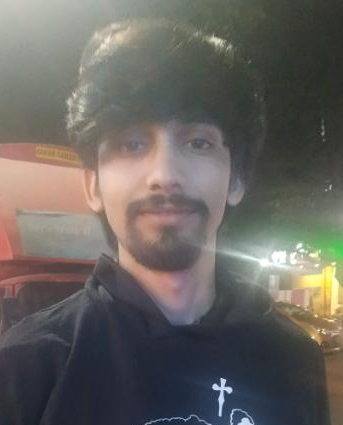
Lucky Kapoor
Superconducting Qubits
Lucky completed his Bachelor’s degree in Electrical & Electronics Engineering and Master’s in Physics at Birla Institute of Technology & Science, Pilani in India. For his Master’s thesis, he studied the resonance structure of van der Waals antiferromagnet CrCl3 at Tata Institute of Fundamental Research (TIFR) under the supervision of Prof. Mandar Deshmukh. After graduation, he continued in the same group as a junior research fellow and worked on coupling of magnons in CrCl3 with microwave photons in NbN superconducting resonators. He joined the group in 2021 as a research intern.

Thomas Werner
Quantum Electrooptics
Thomas obtained his BSc from TU Vienna in Electrical Engineering and is about to finish his master program “Microelectronics and Photonics”. After his bachelor’s, he started working at TriLite, a start-up that provides displays for Extended Reality applications. He conducted research on Laser Beam Scanner-ready waveguides for his master thesis and his findings were published in an SPIE paper. Further research projects he worked on include characterizing materials for nanoelectronics and measuring Bose-Einstein statistics. Thomas recently started his PhD and will work on qubit readout, modeling, microwave-to-optical conversion, and entanglement. He joins the group in summer 2021. Email: thomas.werner@ist.ac.at
Andrea Trioni
High Impedance Circuits and Qubits
Andrea completed his BSc in Engineering Physics at Politecnico di Milano with an experimental thesis characterizing a superconducting YBCO sample. In 2015, he worked at the Laboratoire Matériaux et Phénomènes Quantiques (MPQ) in the group of Quantum Physics and Devices (QUAD) on microcavity shapes for patch antenna arrays with the goal to enhance the performance of quantum THz detectors. He spent a fabrication intense internship in our group to investigate the mesoscopic physics in ultra-high impedance Josephson junction circuits and spent a year in the Nanophysics and Nanotechnology track of the Engineering Physics MSc at PdM. Andrea then joined the IST graduate school and affiliated in the summer of 2019. Email: andrea.trioni@ist.ac.at
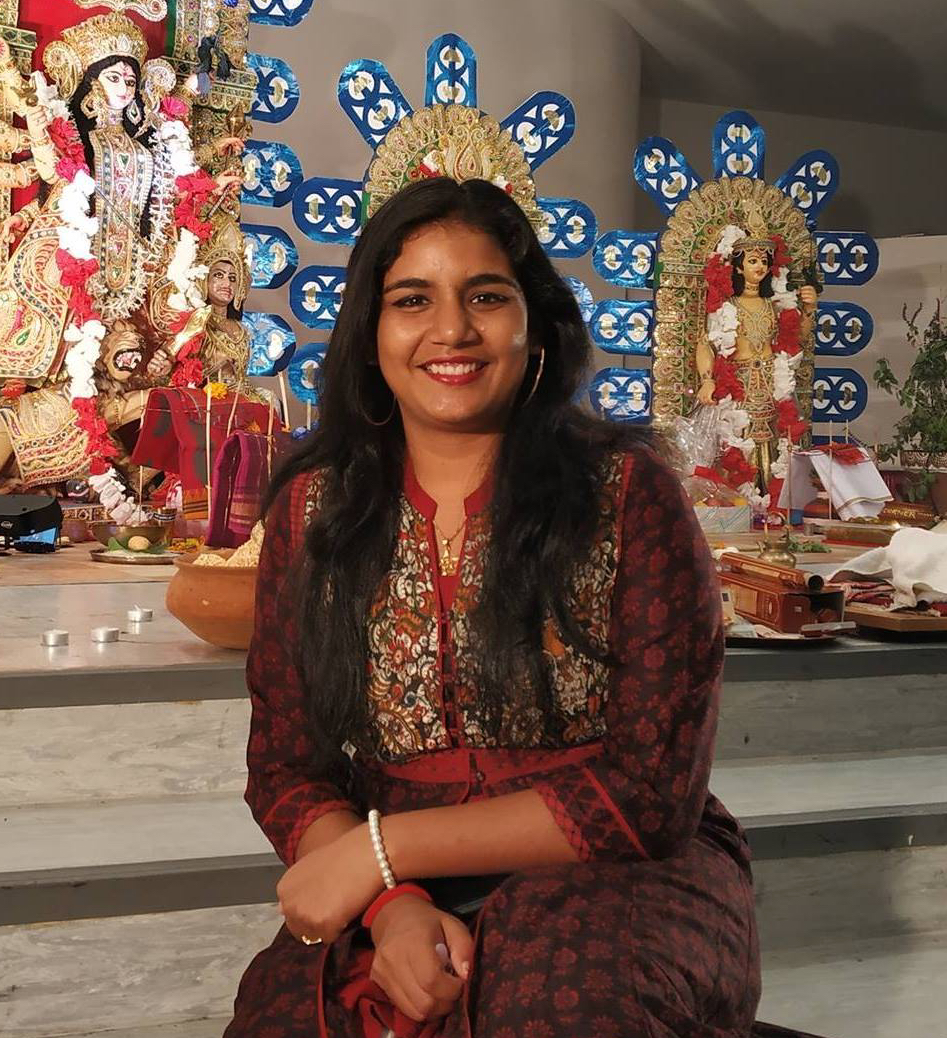
Riya Sett
Microwave Quantum Optics
Riya completed her MSc. in Photonics from Aix-Marseille University, Marseille and Universitat Politècnica de Catalunya, Barcelona through the Erasmus Mundus Europhotonics Masters program. As a scientific assistant at the Karlsruhe Institute of Technology, Germany, she worked on superconducting microwave resonators in a flip-chip geometry under the supervision of Dr. Martin Weides in the Ustinov group. During her master thesis in the Quantronics group at CEA Saclay, she worked on Josephson parametric amplifiers with flux-tunable SQUID arrays under the supervision of Dr. Denis Vion. Riya joined IST as a PhD student in October 2018. Email: riya.sett@ist.ac.at
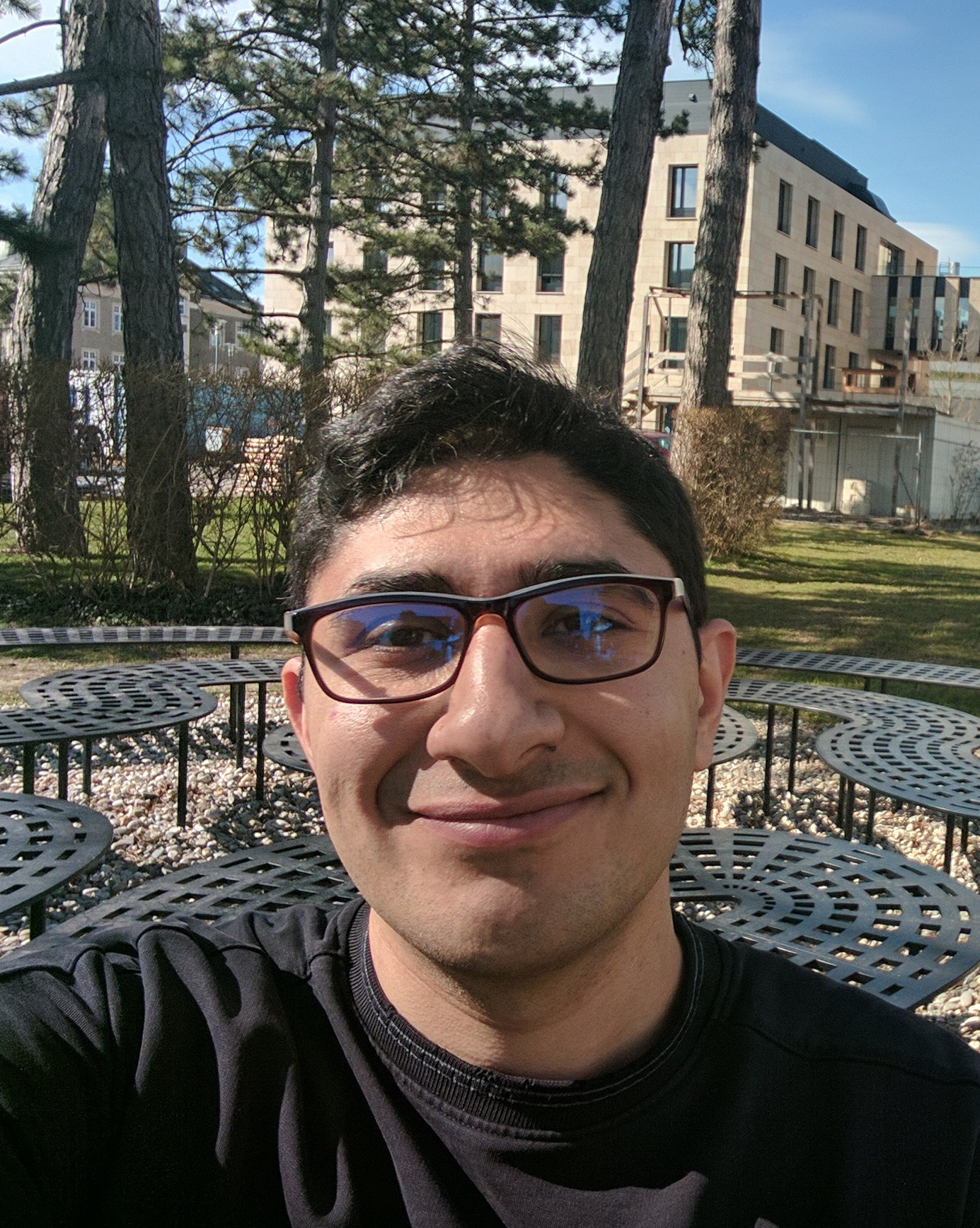
Farid Hassani Bijarbooneh
Superconducting Qubits
Farid graduated with a master of electrical engineering from K. N. Toosi University of Technology in Tehran under the supervision of Dr. Farshid Raissi. In his master thesis he investigated the exponential behavior of the I-V curve in high Tc superconductors by introducing a new mechanism for vortices and anti-vortices, which was published in Applied Physics Letters in June 2014. After graduation, he joined Dr.Raissi’s team to work on fabrication of superconducting circuits based on Nb/AlOx/Nb Josephson junctions technology. Farid joined IST as a PhD student in September 2017. Email: farid.hassani@ist.ac.at
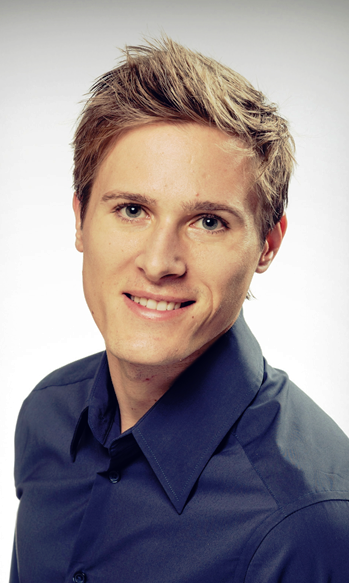
Georg Arnold
Quantum Electrooptics, Optomechanics, Silicon Photonics
Georg accomplished his MSc in Engineering Physics at the Graz University of Technology in the group of H. Plank. There he used additive particle beam based fabrication techniques for the development of a nano-mechanical gas sensor. His research was awarded with the Advancement Award of the Graz University of Technology and the Research Scholarship sponsored by the Chamber of Commerce. Georg visited the group for four months from Nov 2016. Now he is a PhD student of the IST graduate school, the Vienna Doctoral Program on Complex Quantum Systems (CoQuS) and he recently won a DOC fellowship. Email: georg.arnold@ist.ac.at
Rotation Students, Interns and Visiting Students
Carla Borja Espinosa
Hybrid Systems
Carla holds a BSc in Physics from Yachay Tech University, Ecuador (2020). During her studies, she completed an internship at the University of Alicante, Spain, focusing on single-molecule conductance measurements using a Scanning Tunneling Microscope. She completed her MSc at the Barcelona Institute of Science and Technology (2021), specializing in the structural characterization of quantum devices using Transmission Electron Microscopy. She then interned at the Institute of Science and Technology Austria (ISTA) (2022), contributing to the study and development of a hybrid cQED system with spin qubits in quantum dots. She joined the group as a rotation student and she is working on developing a tunable high-impedance resonator for a polar molecule-superconducting circuit platform.
Isabel Carnoto Amat
Microwave Quantum Optics
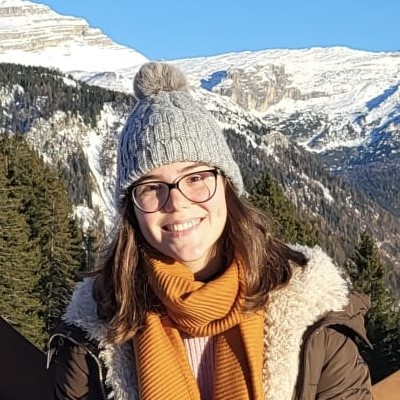
Isabel holds both a Bachelor’s and a Master’s degree in Telecommunication Engineering from the University Carlos III of Madrid. She began her research journey within a university chair, collaborating with ISDEFE, a security and defense company. The chair focused on researching quantum technologies, with special attention to quantum radar. Currently, Isabel serves as a Pre-doctoral Research Fellow at the University Carlos III of Madrid. She is part of Prof. Luis Enrique García Muñoz’s research group dedicated to quantum radar. In her role, she focuses on microwave-optical photon entanglement generation.
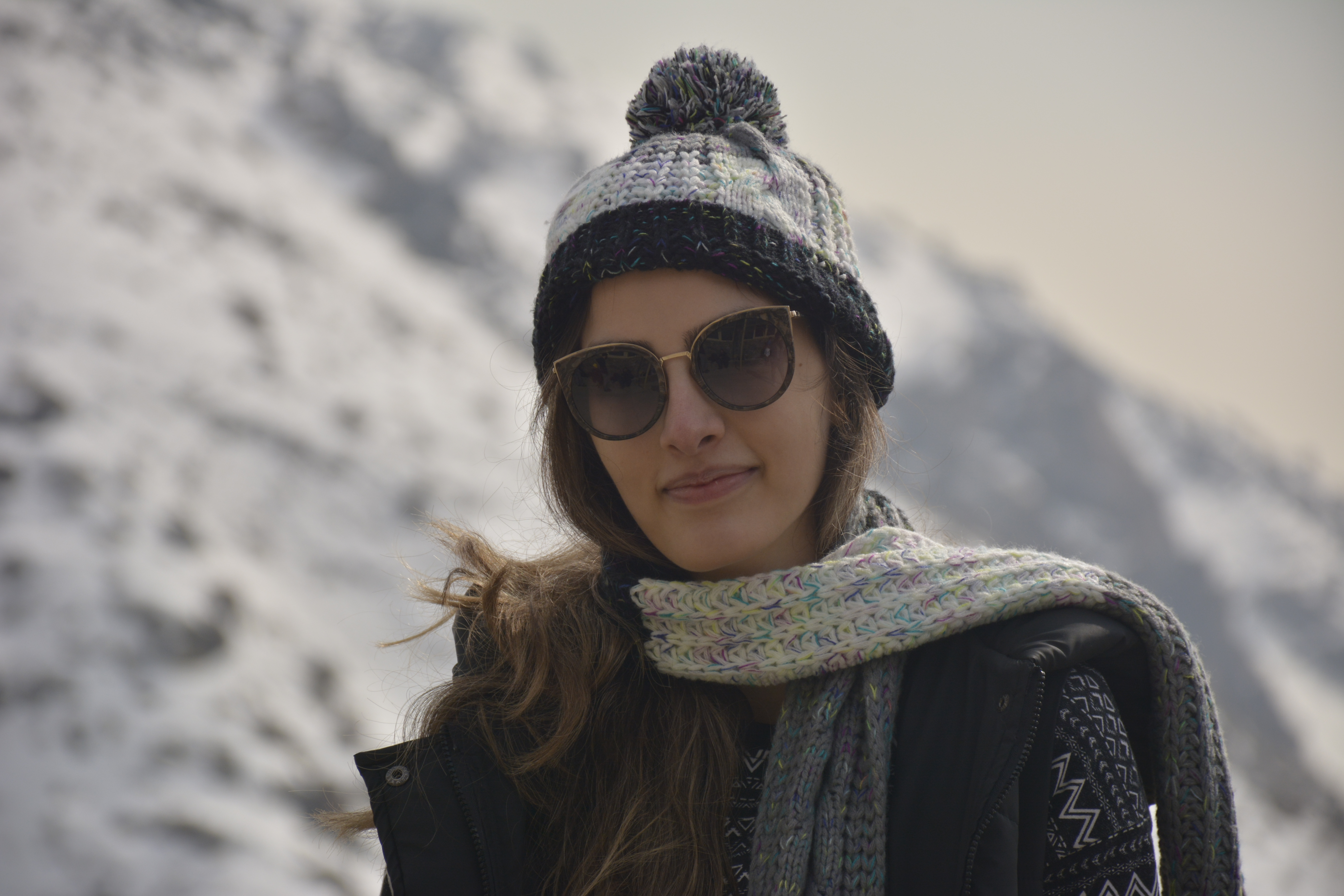
Sepideh Abdollahi
Superconducting circuits
Sepideh completed her BSc in Physics at Sharif University of Technology in Tehran. During her undergraduate studies, she interned in the Quantum Circuit Group at ENS de Lyon under the supervision of Prof. Huard and Dr. Bienfait. Her internship mostly involved utilizing the Gradient Ascent Pulse Engineering (GRAPE) algorithm to generate arbitrary Fock states in a 3D cavity coupled to a transmon qubit. In the fall of 2023, she joined the group as a rotation student.
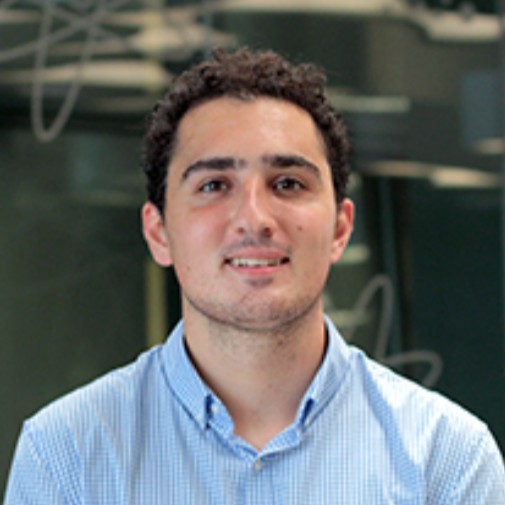
Alejandro Andrés Juanes
Superconducting waveguide QED
Alejandro completed his BSc in Physics at Universidad de Salamanca, focusing on the study of 2D materials for the fabrication of novel nanodevices. In 2021, he moved to Barcelona to study Quantum Science and Technology (UB), with a special interest in experimental quantum physics. He did his master thesis in the Quantum NanoMechanics group at ICFO on the development of high-impedance superconducting resonators for the readout of a nanomechanical qubit created with the mechanical states of a vibrating Carbon Nanotube. At ISTA he is working on a circuit and waveguide QED project.
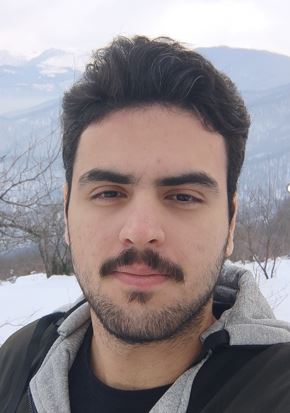
Erfan Riyazi
Quantum Electrooptics
Erfan completed his BSc in Physics at Sharif University of Technology. He focused his studies on Condensed Matter and Optical Physics. He was a member of Nano-Scale Physics Lab (NSPL) directed by Prof. Ali Esfandiar. His Bachelor thesis was the finite element method (FEM) simulation of a novel structure for efficient and direct coupling of single-photons to a single-mode optical fiber via surface plasmons. He also worked on setting up a scanning Confocal Microscope for finding single-photon emitters in bulk and 2D materials and identifying the regime of emitted photons by the Hanbury Brown-Twiss (HBT) experiment, at Sharif Quantum Center.
Staff
–
Former Members
- Liu Qiu (now Assistant Professor at Zhejiang University), Quantum Electro-Optics, Postdoc 2020-2024.
- Alesya Sokolova (BSc and MSc in Applied Mathematics and Physics at Moscow Institute of Physics and Technology), Fast quantum gates for decay-protected qubits, 2021-2023 PhD student and candidate, now a Data Journalist at Novaya Gazeta Europe
- Alinda Ezgi Gerçek (BS, Istanbul Technical University), Python modeling of Shapiro and Dual-Shapiro physics in realistic circuits, Summer Research Intern, 2023
- Elena Redchenko (now at TU Vienna), Microwave Quantum Optics in Waveguides and Cavities, PhD student and PostDoc, 2017-2022
- Martin Zemlicka (now at QPhox), Nanofabrication of SOI integrated vacuum gap transmon qubits, JPAs, and quasi-particle traps, PostDoc, 2017-2022
- Uri Sharell (BS/MS, Oxford), The phase-charge duality in Josephson junction physics, Summer Research Intern, 2022
- Ekatrina Fedotova (BS, MIPT, Moscow), Cascaded filter cavities for photon counting measurements, Summer Research Intern, 2022
- Yuan Chen (now at CUNY), Silicon photonic electro-opto-mechanical microwave to telecom transducers, PostDoc, 2019-2022
- Paul Falthansl-Scheinecker (MA, TU Graz), Fabrication and characterization of superconducting thin-film WGMR transducers, Intern and rotation student, 2021-2022
- Przemysław Zieliński (MA, Warsaw), CATS – C++ATS for Microwave photon tomography, Rotation Student and Software Developer, 2020 – 2022
- Luka Drmić (MA, Split), Software Developer, 2018 – 2021
- Matilda Peruzzo (Msci, King’s College), Geometric superinductors and their applications in circuit quantum electrodynamics, PhD Student, 2016 – 2021
- Dante Loi (BA, Cagliari), Integration of high Q bulk electro-optic WGMR with superconducting thin film cavities, Master student, 2020 – 2021
- William Hease (now at Qandela), Quantum ground state electrooptics, PostDoc, Jan 2018 – July 2021.
- Clemens Ulm (University of Strathclyde in Glasgow, UK), Demonstrating Phase Conjugation in a Josephson Parametric Converter, Summer Research Intern, 2021.
- Matthias Wulf (now at TDK Electronics), Silicon photonic optomechanical transducers, PostDoc, Jan 2016 – Oct 2020.
- Alfredo Rueda (now at Scantinel Photonics), Microwave – Optical Conversion with Lithium Niobate WGM Resonators, Visiting PhD Student, 2016 – 2018 and PostDoc, 2019-2020.
- Sebastian Wald (MA, TU Vienna), WGM filter design and coupling, IST Rotation Student, 2020.
- Denise Puglia (MA, University of Copenhagen), Flip-Chip based Opto-Microwave Coupler, IST Rotation Student, 2020.
- Olivér Sági (MA, Budapest University of Technology and Economics), Mixer calibration for quantum tomography measurement, IST Rotation Student, 2019.
- Soham Mukhopadhyay (MA, IIT Bombay), Loss Channels Mitigation and DesignOptimization of Superconducting Circuits in Sonnet, IST Rotation Student, 2019.
- Shabir Barzanjeh (now Assistant Professor at IQST at the University of Calgary), Microwave cavity optomechanics and quantum optics, Postdoc 2016-2020.
- Duc Phan (MA, TU Vienna), Time dependence of the photon blockade breakdown, IST Rotation Student, 2019.
- Maria Zelenayova (BA, Comenius University, Bratislava), High impedance planar coil simulations with COMSOL Multiphysics, Summer Research Intern, 2019.
- Francisco Martinez-Checa (BA, Durham University), Microwave-optical field correlation measurements, Summer Research Intern, 2019.
- Mariia Labendik (MA PhysTech, Moscow), Characterization of a Josephson Parametric Amplifier, Summer Research Intern, 2018.
- Alex McKeehan (BA Stanford), Tunable dipole coupling of transmon qubits, Summer Research Intern, 2018.
- Moritz Laber (BA KIT), Design of a slotted nanobeam cavity and
simulation of fiber-to-waveguide coupling, Research Intern, 2018. - Andrea Trioni (BA Politecnico di Milano), Fabrication and Characterization of geometric Superinductors, Intern, 2017 – 2018.
- Joshua Milem (BA Michigan State University), Digital Downconversion and Spectroscopy with VIP, IST Rotation Student, 2018.
- Dylan Lewis (MA Oxford University), Microwave quantum state tomography with VIP, Research Intern, 2017.
- William Hughes (MA University of Cambridge), Modelling of geometric fluxonium and phase slip qubits, Summer Research Intern, 2017.
- Donald Swen (double BA, Willamette University, Oregon and Columbia University, New York City), Designing Slotted Photonic Nanobeams with High Quality Factors and High Optomechanical Coupling using MATLAB/COMSOL LiveLink Scripting, Summer Research Intern, 2017.
- Nikolaj Kuntner (PhD, German Aerospace Center), QuantumIDs’ Python virtual instrument panel (VIP), Software Developer, 2016-2017.
- Mike Hennessey-Wesen (BA McDaniel College, Maryland), Determination of Noise Temperature and Gain in Cryostats, IST Rotation Student, 2017.
- Jason Jung (MA TU Vienna), Implementation of a Dual-Channel Waveform Digitizer for Time-Resolved Superconducting Qubit Measurements, IST Rotation Student, 2017.
- Tobias Bilgeri (MA UPMC Paris), Design and testing of an automated microwave carrier cancellation board, Summer Research Intern, 2016.
- Pradyumna Paranjape (MA LMU Munich), Finite element design and optimization of acoustic and photonic devices, Summer Research Intern, 2016.
- Andreas Butler (BA University of Virginia), IQ Upconversion and Downconversion for Control and Measurement of a Superconducting Qubit, Summer Research Intern, 2016.
- Matias Iglesias (MA Universidad de Buenos Aires), Compact Circuit QED on Silicon, Summer Research Intern, 2015.
Visitors: lab visits, seminars, etc.
2024: Guanhao Huang (EPFL), Borivoje Dakic (Uni Vienna), online: Rhys Povey (Chicago), online: Oleksiy Kashuba and Roman Riwar (Jülich), Charles Roques-Carmes (Stanford), Zenghui Bao (Tsinghua University), Rhys Povey (Chicago), online: Xanda Kolesnikow (University of Sydney)
2023: Andrei Military (ETH Zurich), Shabir Barzanjeh (Calgary), Cindy Regal (JILA), Roman Riwar (Jülich), Christian Siegele (INRIA Paris), Vahid Karimipour (Sharif University of Technology), Igor Rozhansky (Manchester), Alexander Poddubny (Weizmann), Markus Arndt (Uni Vienna), Ulf Leonhardt (Weizmann)
2022: Venus H. Kamrul (Politecnico di Milano), Armando Rastelli (JKU), Andreas Nunnenkamp (Uni Vienna), Amirparsa Zivari (Delft), Peter Rabl (TU Vienna), Helmut Ritsch (Innsbruck), Christopher Eichler (ETH Zurich), Kevin Roux (CEA Leti), Andrew White (Queensland), Paul Dieterle (Harvard), William Oliver (MIT), Kathrin Spendier (Quantinuum), webinar: Yuto Ashida (Tokio), Konrad Lehnert (JILA), Yasunobu Nakamura (Tokyo), Prasanna Pakkiam (UQ), Alexander Baumgärtner (ETH), Bogdan Mihaila (NSF), Ioan Pop (KIT), Sasha Poddubny (Weizmann)
2021: webinar: Gianluca Aiello (CNRS), Philip E. Schmidt (IQOQI), András Vukics (WIGNER), Institue web colloquium: Michel Devoret (Yale), Konstantin Bliokh (RIKEN Japan), Radim Filip and Ondrej Cernotik (Palacky University), David Haviland (KTH), Qi-Ming Chen (WMI Munich), Richard Küng (JKU), Cristiano Ciuti (Paris)
2020: Sorin Paraoanu (Aalto), Alexander Poddubny (Ioffe), webinar: Tom Stace (University of Queensland), Junxin Chen (Copenhagen), Liu Qiu (EPFL)
2019: Cindy Regal (University of Colorado & JILA), Andrés Rosario Hamann (University of Queensland), Suman Kundu (TIFR India), Daniel Szombati (University of Queensland), Matt Matheny (Caltech), Yutaka Shikano (Keio Quantum Computing Center), Harald Schwefel (University of Otago), Boris Shteynas (Massachusetts Institute of Technology), Christoph Simon (Calgary), Peter Rabl (TU Vienna), Stefan Filipp (IBM Rüschlikon), Nicholas Lambert (Otago), Andreas Wallraff (ETH), William Oliver (MIT), Peter Jacobson (University of Queensland)
2018: Ali Salari (Cologne), Yoichi Ando (University of Cologne), Stefan Rotter (TU Vienna), Timothy Duty (University of New South Wales), Amin Hosseinkhani (Jülich), Nenad Kralj (Camerino), Peter Burns (JILA), Teresa Hoenigl-Decrinis (Royal Holloway), Arpit Ranadive (TATA), Arne L. Grimsmo (University of Sydney), Andrew Cleland (Chicago), Yasunobu Nakamura (University of Tokyo), Rupert Ursin (Vienna)
2017: Martin Zemlicka (Comenius University), Sungkun Hong (Uni Wien), Konrad Lehnert (JILA), Rainer Blatt (Uni Innsbruck), Arno Rauschenbeutel (TU Wien), Christoph Simon (University of Calgary), Daniel Greif (Harvard University), Harald Schwefel (University of Otago), William Hease (University Paris Diderot-Paris7), Johannes Majer (TU Wien), Oskar Painter (Caltech), Jean-Michel Raimond (ENS Paris), Pertti Hakonen (Aalto), Fabian Hassler (RWTH), Lisa Arndt (RWTH Aachen)
2016: Can U Lei (Yale University), David DiVincenzo (RWTH Aachen), Fabian Hassler (RWTH Aachen), Andreas Wallraff (ETH Zurich), Ondrej Cetornik (Hannover University), Gerhard Kirchmair (IQOQI Innsbruck)
